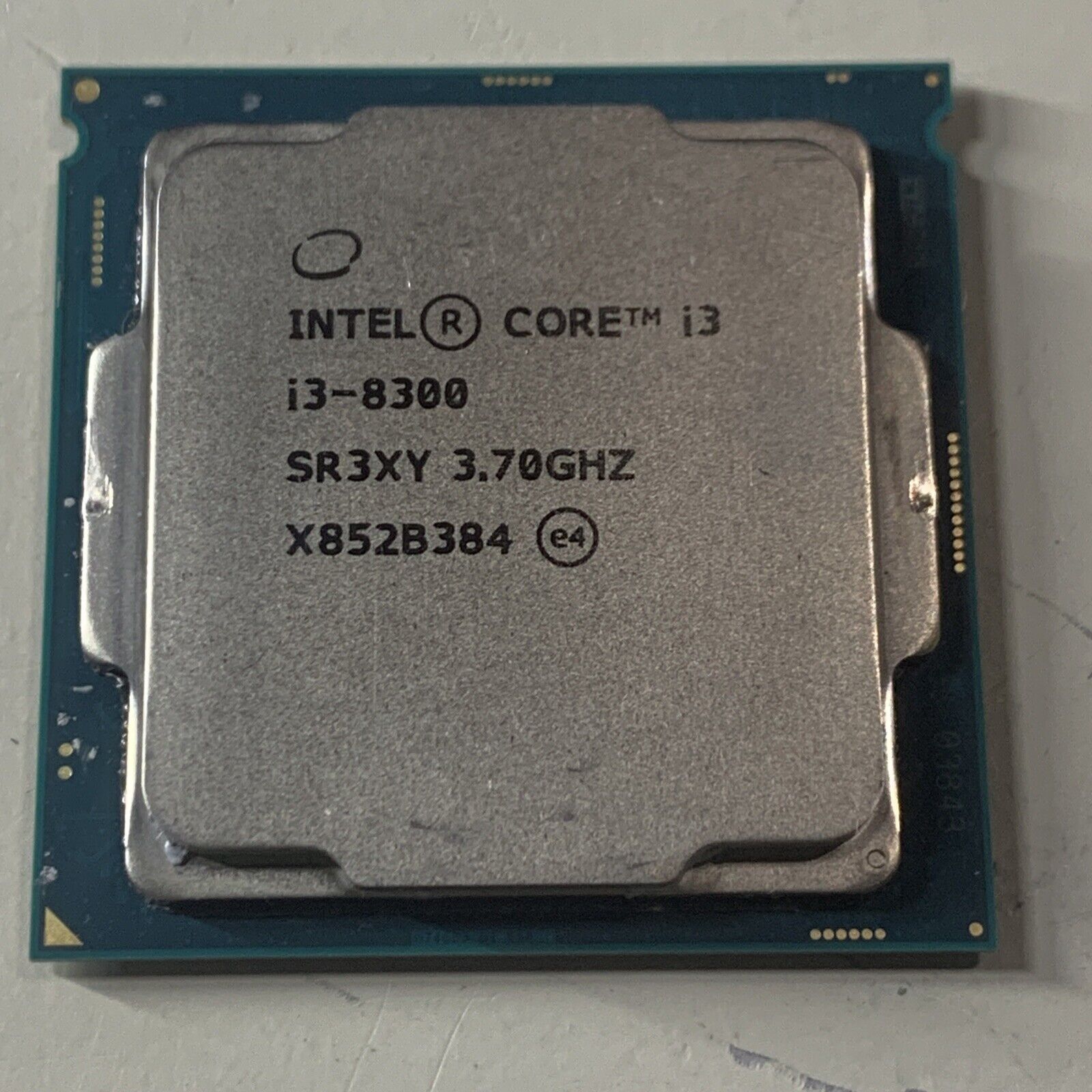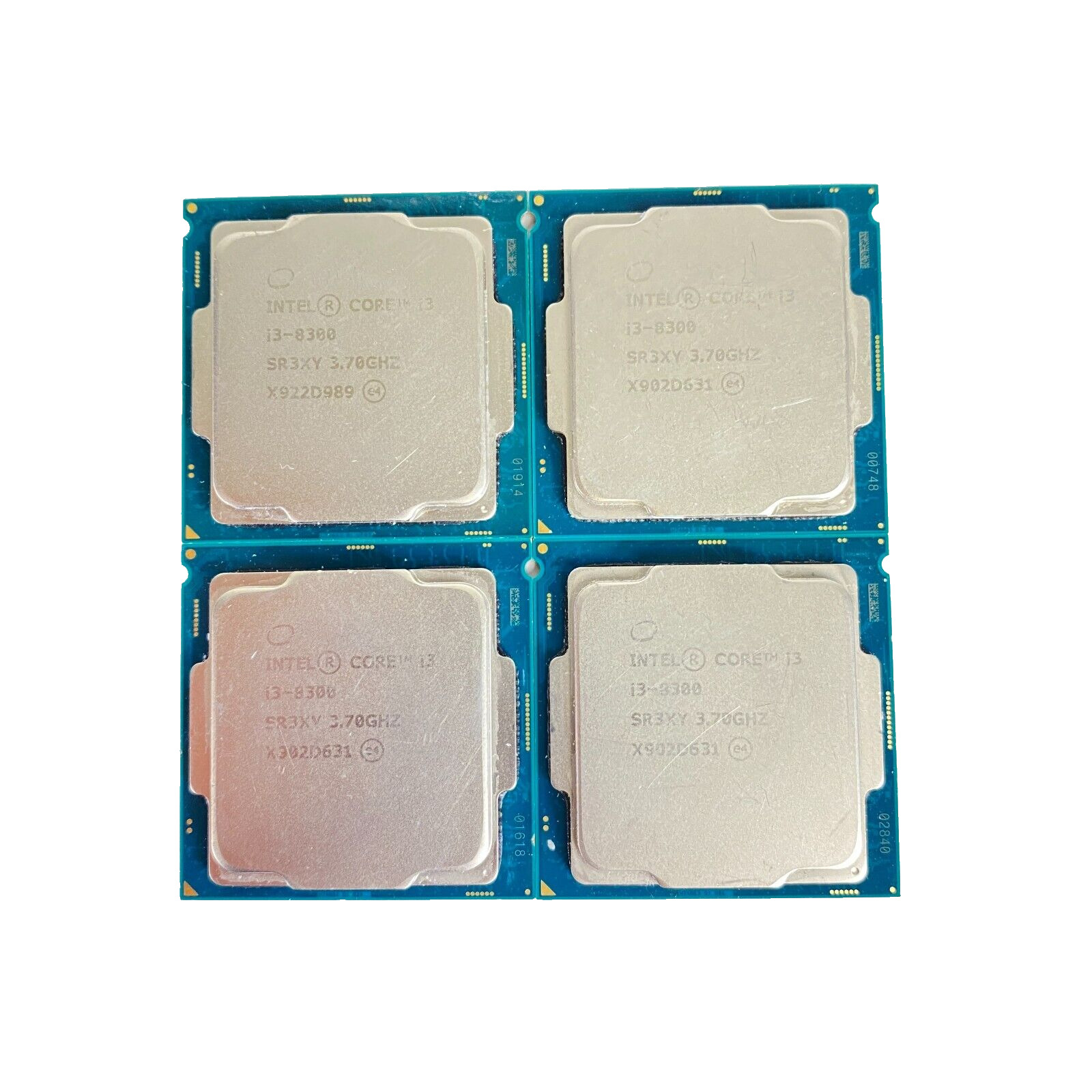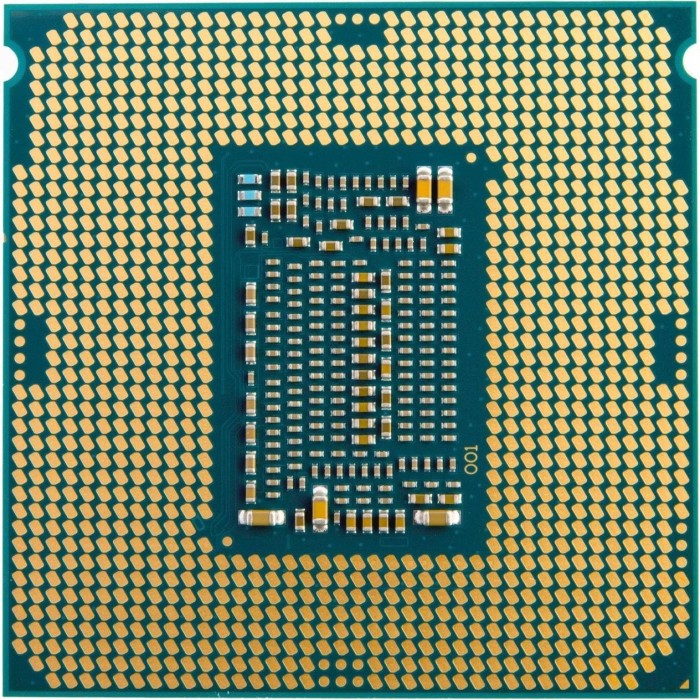The Intel Core i3-8300 processor emerges as an interesting option for users looking for a reliable CPU that balances performance with affordability. In a market that is swiftly shifting towards high-performance, multi-core processors, the i3-8300 stands firmly as a solution for everyday computing needs. Its clock speed of 3.70GHz positions it as a competent option for routine tasks. This review assesses the performance of the Core i3-8300, its capabilities regarding multitasking, its energy efficiency, and the overall value it brings to a casual user or someone dealing with home office setups.
Performance in Daily Computing Tasks
Speed and Responsiveness
The Intel Core i3-8300 is designed to handle the common demands of a regular computer user. With a base clock speed of 3.70GHz and four cores, it can easily manage daily operations like web browsing, handling office applications, and media playback. Users can expect quick load times and snappy responsiveness when running lightweight programs, contributing to a smooth computing experience.
Suitability for Casual Gaming and Entertainment
For casual gamers or users leaning towards entertainment, the i3-8300 provides enough firepower to sustain moderate gaming and video streaming. Paired with a decent integrated GPU or a mid-range dedicated graphics card, this processor can support popular gaming titles at low to medium settings. It also handles high-definition video content with ease, making it a viable option for a home entertainment system.

Multitasking Prowess and Limitations
Handling Multiple Applications
Multitasking is an integral aspect of modern computing, and the Core i3-8300 addresses this through its quad-core architecture. It can efficiently switch between applications and maintain productivity. Users can comfortably have multiple tabs open in web browsers, work on documents, and play music in the background without a significant slow-down in performance.
Limits of Processing Power
Though the i3-8300 can manage a reasonable degree of multitasking, it encounters limitations when dealing with more intense workloads. Heavy multitasking scenarios that involve video editing, 3D rendering, or running virtual machines might cause performance bottlenecks. Users with these high-demand requirements might find the i3-8300 falling short, indicating this processor’s limits cater more predominantly to the lightweight user segment.

Energy Efficiency and Thermal Performance
Power Consumption for Everyday Use
The Intel Core i3-8300 shines when it comes to power efficiency, showing strengths as a processor that conserves energy without compromising performance. With a TDP (Thermal Design Power) of 62W, the i3-8300 doesn’t require an extensive cooling system and generally operates at lower temperatures compared to more potent, power-hungry CPUs. This translates to quieter operation and potentially lower electricity bills over time, a particularly appealing aspect for users conscious about energy savings.
Thermal Management and Cooling Solutions
When it comes to managing heat output, the Intel Core i3-8300 often gets by with the stock cooler provided. Users looking to enhance system stability or those living in hotter climates may consider an aftermarket cooling solution to help maintain optimal operating temperatures. Nevertheless, under typical usage patterns, the i3-8300 maintains a cool profile, avoiding thermal throttling and ensuring long-term reliability.

Value Proposition for Budget-Conscious Buyers
Cost-Effectiveness for Standard Use
Pricing is a crucial factor for many buyers, and the Intel Core i3-8300 presents itself as a cost-effective solution for standard computing needs. It delivers adequate performance typically sufficient for the average user while keeping costs relatively low, especially when compared to higher-tier CPUs. For budget-conscious users or those assembling entry-level PCs, the i3-8300 is a worthy candidate that doesn’t break the bank.
Upgrading Paths and Future-Proofing
A potential downside to choosing the Core i3-8300 is the question of future upgradeability and longevity. Its performance may become dated as computing demands evolve, and new software applications emerge. Although it offers a solid platform at a budget today, users anticipating more intensive usage in the future should consider the potential need for upgrading to a more powerful processor down the line, which could mean additional costs.

Longevity and Future Compatibility
Performance Over Time
When investing in a processor like the Intel Core i3-8300, it is important to consider how it will hold up over time. Due to its quad-core design and adequate clock speed, it is likely to remain a relevant component for users sticking to basic tasks for years to come. Regular system maintenance and a keen eye on software efficiency can extend the processor’s relevancy, ensuring that it doesn’t become obsolete too quickly for everyday tasks.
Compatibility with New Technologies
One of the concerns with any hardware purchase is how well it will integrate with future technologies. The Core i3-8300 is built on the Coffee Lake architecture, and while it does support some newer technologies, it may not be compatible with the latest interfaces or system advancements that emerge in the coming years. This means that users aiming for a system with a long upgrade path might need to consider this before choosing the i3-8300.

Assessing Overall Performance
Creative Work and Professional Use
The Intel Core i3-8300 is capable of handling photo editing and some lightweight creative work, making it a viable option for creatives on a budget. However, professionals who rely on their systems for more demanding tasks such as video editing, heavy graphic design, or complex computations will find the i3-8300 lacking in raw power. For such users, investing in a CPU with higher core counts and faster multi-threading capabilities would be a more prudent choice.
Daily Productivity and Office Tasks
In the realm of everyday productivity, the i3-8300 excels. Office tasks such as document creation, spreadsheets, and presentations are well within the processor’s wheelhouse. Furthermore, its solid performance in these areas is complemented by its energy efficiency, making it a sound option for offices looking to reduce their energy footprint and for remote workers relying on stability and consistent performance throughout the workday.
In summary, the Intel Core i3-8300 @ 3.70GHz is a competent choice for everyday use, delivering on the promise of handling routine computing tasks and casual entertainment with efficiency. Its ability to facilitate decent multitasking, paired with excellent energy efficiency, makes it an appealing option for standard home or office setups. While it won’t satisfy power users with resource-hungry applications, its price-to-performance ratio makes it a smart pick for anyone seeking a functional, cost-effective computing solution. Whether for web browsing, office productivity, or basic gaming and streaming, the Core i3-8300 proves that it can capably serve as the heart of a modern budget-friendly PC.


